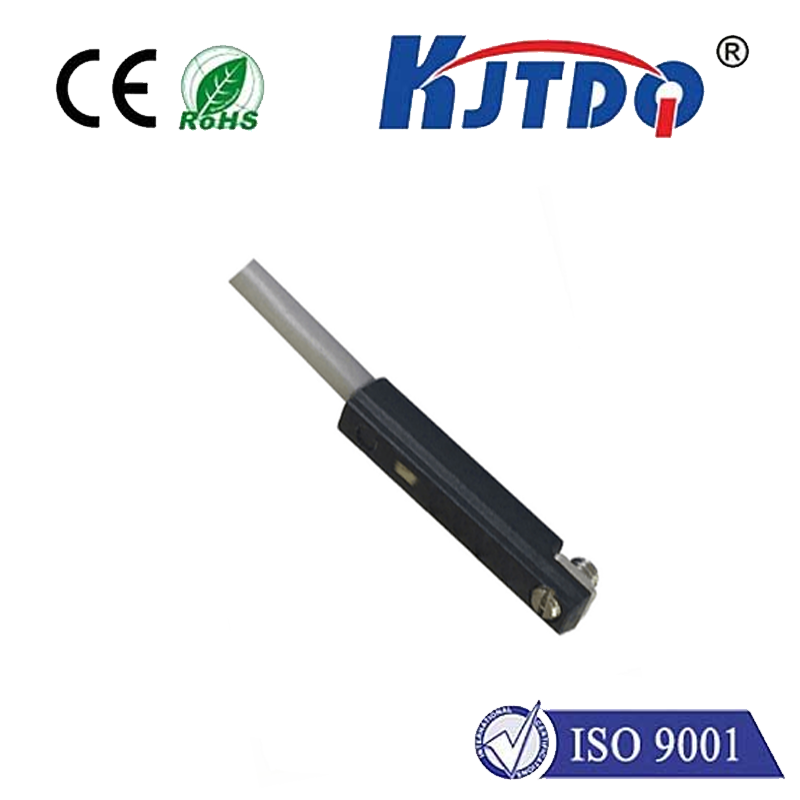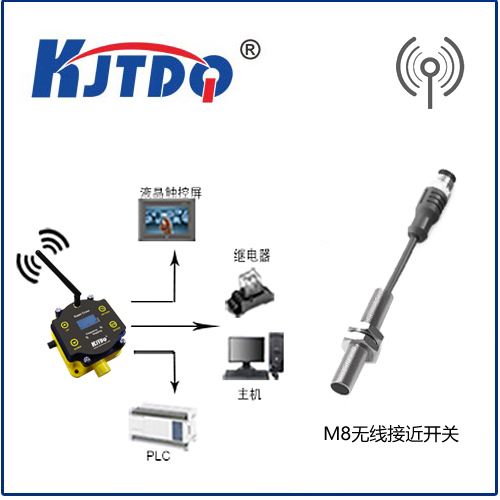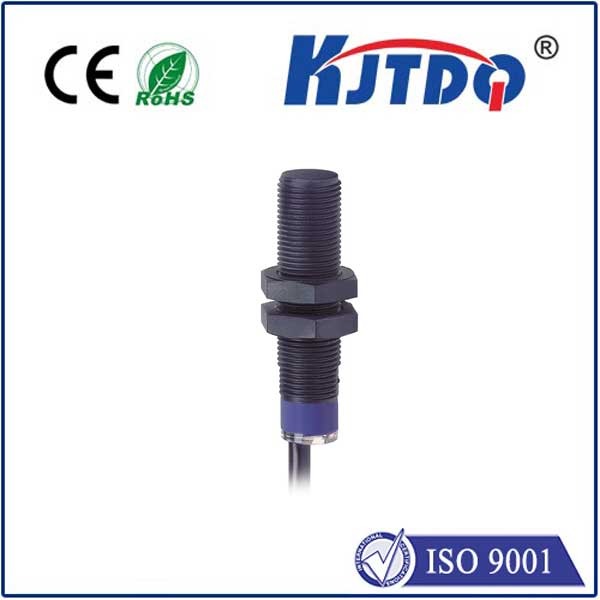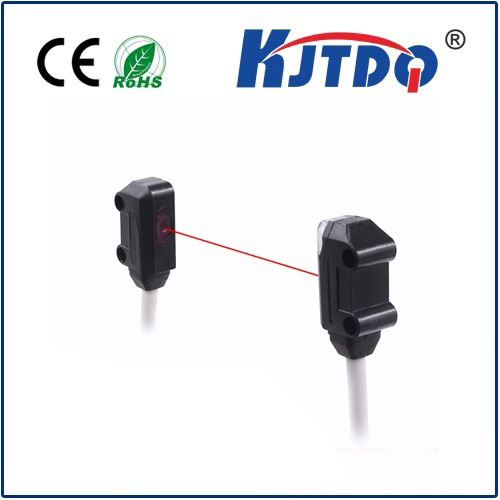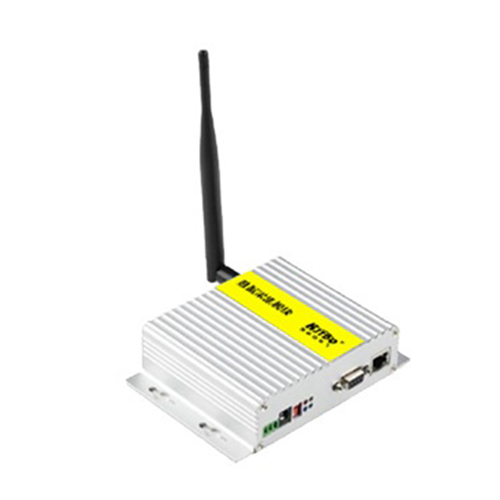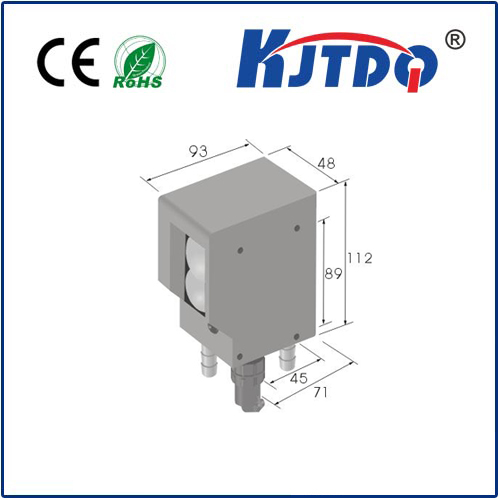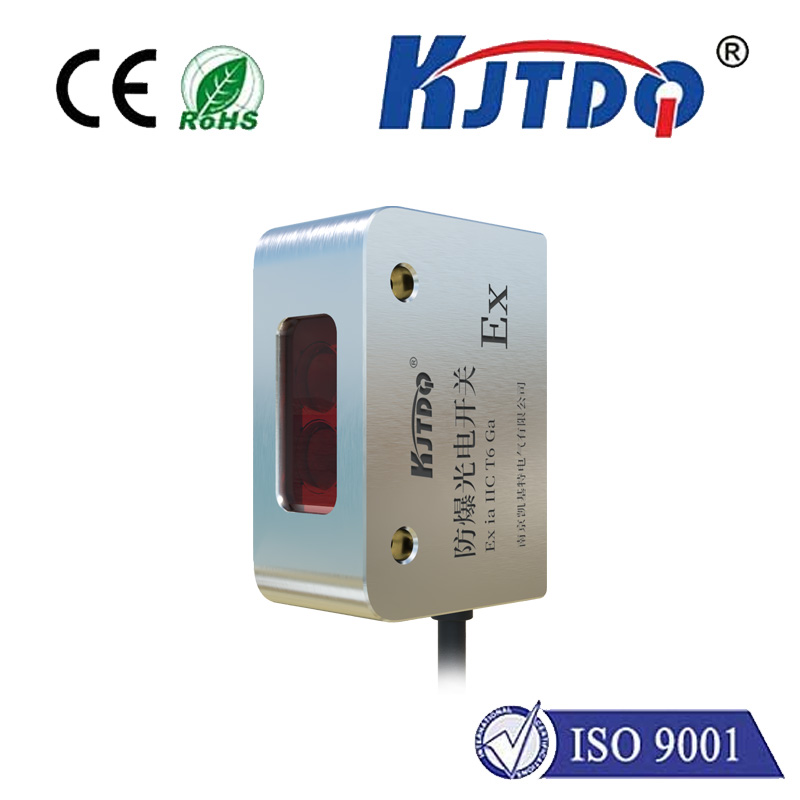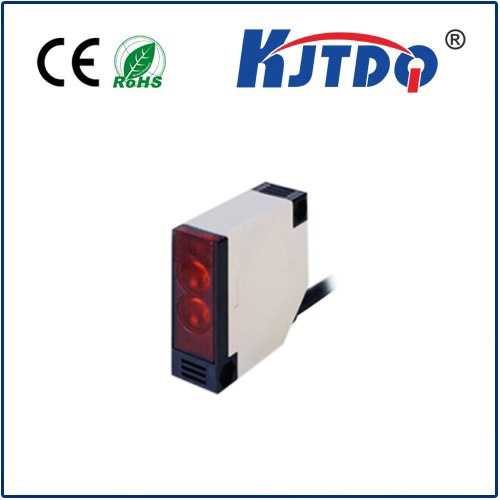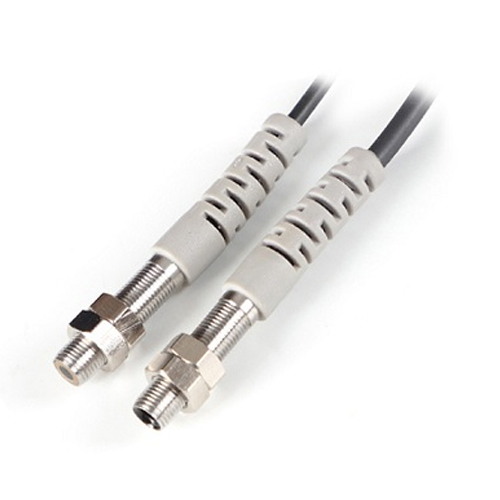

check

check

check

check

check

check

check

check

check

check
Title: The Versatile PNP Capacitive Proximity Sensor
In the world of electronic sensing, the capacitive proximity sensor stands out for its unique ability to detect the presence of objects without any physical contact. This characteristic makes it invaluable in scenarios where contact might damage the sensor or the object being sensed. Among the various output configurations available for sensors, the PNP (Positive NPN) capacitive proximity sensor is favored for its reliable performance and compatibility with a wide range of control systems.

The operational principle of the PNP capacitive proximity sensor hinges on detecting changes in the electrostatic field around it. When an object comes within the detection range of the sensor, the capacitance of the sensor's electrical field changes, triggering a high-level signal if the threshold is exceeded. This high level signal indicates a positive detection event, making the sensor ideal for applications requiring accuracy and prompt response.
Unlike some sensors that are limited to conductive materials, capacitive proximity sensors can work effectively with non-conductors. This versatility extends their application potential from simple object detection to complex sorting systems in manufacturing lines. For example, in a production line handling both metallic and plastic parts, a single PNP capacitive proximity sensor can accurately identify and distinguish between them without any additional setup.
The design and configuration of PNP capacitive proximity sensors also play a crucial role in their effectiveness. These sensors typically consist of three components: supply, ground, and output signal lines. The supply and ground provide the necessary power, while the output signal line communicates the detection events to the connected control system. In PNP configuration, the output signal goes high when an object is detected, which aligns well with many common industrial control devices.
Moreover, engineers must also consider the "well-proximity effect" during the design phase. This phenomenon, particularly notable in CMOS technologies, affects how transistors operate near other doped regions. Understanding and mitigating this effect ensures that the sensitive electronics inside capacitive proximity sensors operate reliably, even under closely packed conditions or when subjected to thermal variations.
In conclusion, the PNP capacitive proximity sensor, with its no-touch detection capability and compatibility with both conductors and non-conductors, offers a robust solution for a wide array of industries. Its simplicity in operation, combined with the reliability provided by its PNP output, makes it an essential tool for modern automation and sensing needs. As technology evolves, so too will the applications of these versatile sensors, ensuring their continued relevance in innovative environments.
